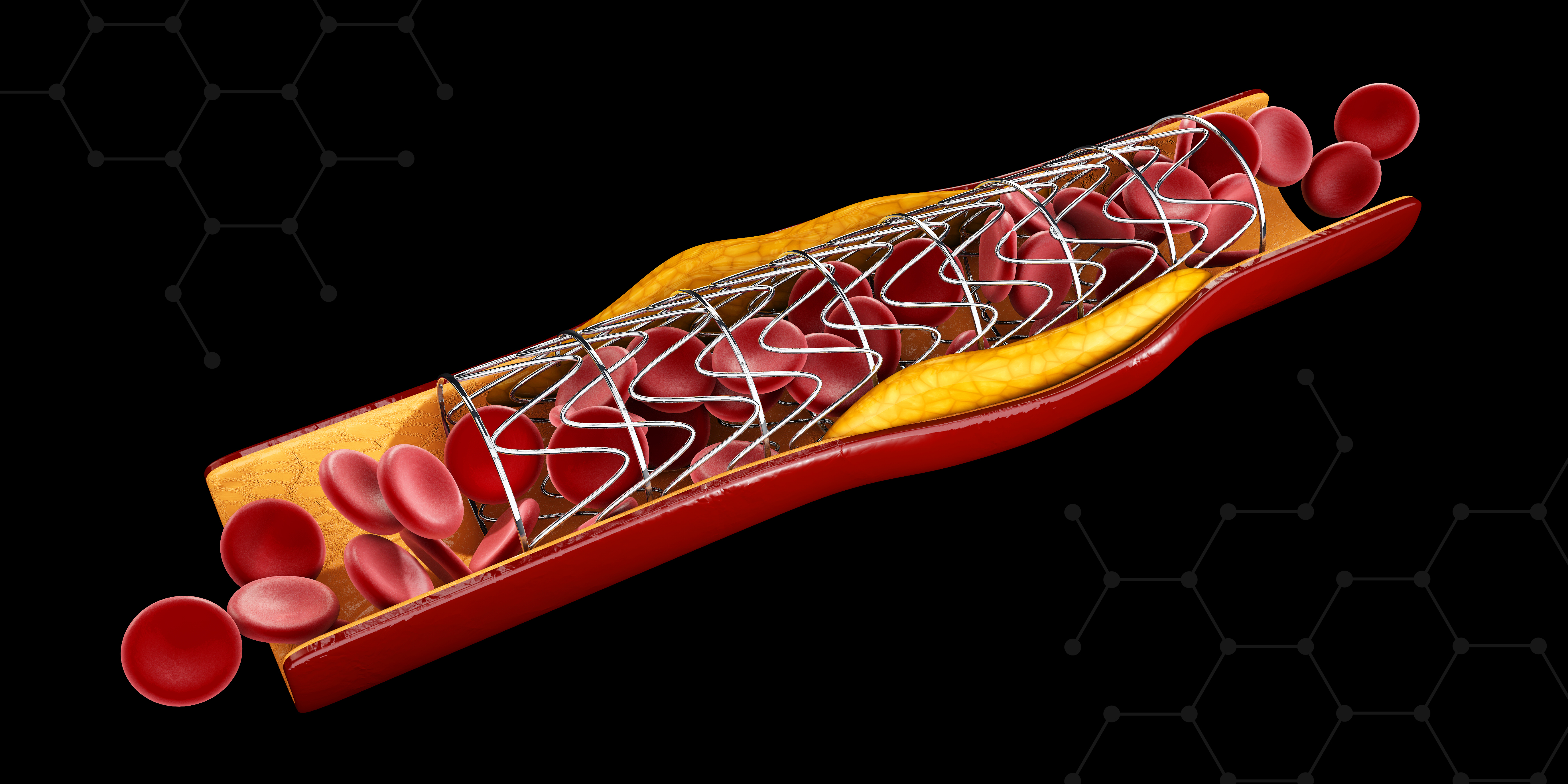Key Points
- This trial randomizing patients with diabetes and/or complex lesions to optical coherence tomography (OCT)-guided percutaneous coronary intervention (PCI) or angiography-guided PCI found that post-PCI minimum stent area (MSA) was larger in the OCT arm, but there was no significant difference in the two-year rate of target vessel failure (TVF).
- Patients in the OCT arm experienced significantly fewer angiographic complications and stent thrombosis at two years with a trend towards lower mortality.
- These results indicate that among a high-risk cohort, OCT significantly increases the MSA while reducing peri-procedural complications and stent thrombosis at two years, but did not lead to reductions in TVF. COVID-19 might have contributed to lower observed TVF rates due to apprehension to seek care.
OCT is a high-resolution intravascular imaging technique that can assess plaque morphology, luminal dimensions, and PCI results. Compared to angiography guidance alone, OCT-guided PCI has been associated with lower rates of major adverse cardiac events and cardiac deaths.1 ILUMIEN III demonstrated OCT had greater procedural success than angiography alone.2 Whether OCT-guided PCI improves clinical outcomes among high-risk patients and lesions is unclear.
On August 27, 2023 the results of the Optical Coherence Tomography–Guided versus Angiography-Guided PCI (ILUMIEN IV) were presented in a Hot Line Session at ESC Congress 2023 with simultaneous publication in the New England Journal of Medicine.3 In this industry sponsored, parallel, single-blinded trial, patients with evidence of myocardial ischemia who were high-risk (defined as taking medication for diabetes) and/or with a high-risk lesions were randomized to OCT- or angiography guided PCI in a 1:1 fashion, stratified by diabetes status and presentation with acute myocardial infarction (MI). High-risk lesions were defined as considered responsible for a recent MI, requiring more than 28 mm of stent, a bifurcation lesion requiring two stents, a severely calcified lesion, a chronic total occlusion, or diffuse or multifocal in-stent restenosis. Patients in the angiography arm wore headphones to maintain blinding and results of final OCT imaging to assess stent results were concealed from the operator. Post-procedure research staff were blinded to the treatment received.
The primary imaging outcome was mean stent area (MSA). The primary clinical outcome was the rate of target vessel failure (TVF), a composite of cardiac death, target vessel myocardial infarction (TV-MI), or ischemia-driven target vessel revascularization (ID-TVR). Safety endpoints included stent thrombosis and procedural complications.3
The trial included 2487 patients with a mean age of 65.6 years; only 22.6% were women. The MSA was significantly larger in the OCT arm (5.72 ± 2.04 vs. 5.36 ± 1.87 mm2; difference 0.36 mm2, 95% CI 0.21 to 0.51; p<0.001). There was no significant difference in TVF within two years; the low rates in both arms may have been related to the COVID-19 pandemic (Kaplan-Meier estimated rates 7.4% for OCT vs. 8.2% for angiography; hazard ratio [HR] 0.90; 95% CI 0.67 to 1.19; p=0.45).
OCT demonstrated superior safety, with lower rates of thrombotic intraprocedural events as well as lower rates of stent thrombosis over two years (0.5% vs 1.4%, HR 0.36; 95% CI 0.14 to 0.91). Catheter related events were rare. While there were numerically fewer deaths and MIs in the OCT arm, these differences did not reach statistical significance.
Study author Dr. Ziad Ali of St. Francis Hospital, Roslyn, US said, “ILUMIEN-IV was the first clinical randomized control trial of OCT powered for clinical endpoints. It reaffirmed that OCT increases MSA and reduces complications, but that did not translate into differences in TVF… It seems plausible that patient’s apprehension to seek care during COVID-19 stopped them from getting the care that they needed.” In addition, Dr Ali pointed out, “This is the first study to show an independent, strong hazard ratio to reduce stent thrombosis.”
References
- Kuku KO, Ekanem E, Azizi V, et al. Optical coherence tomography-guided percutaneous coronary intervention compared with other imaging guidance: a meta-analysis. Int J Cardiovasc Imaging. 2018;34:503–513.
- Ali ZA, Maehara A, Généreux P, et al. Optical coherence tomography compared with intravascular ultrasound and with angiography to guide coronary stent implantation (ILUMIEN III: OPTIMIZE PCI): a randomised controlled trial. Lancet. 2016;388:2618–2628.
- Ali ZA, Phil D, Landmesser U, et al. Optical Coherence Tomography–Guided versus Angiography-Guided PCI. 2023:1–11.



